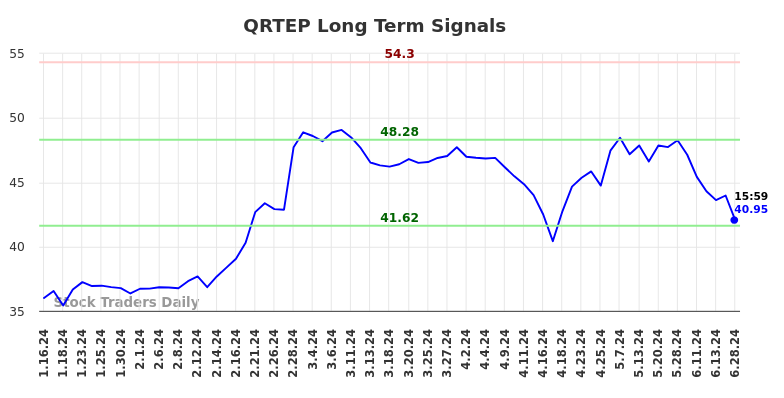Record high property valuations in North Bay
With Sonoma, Napa, Marin and Solano counties seeing record tax revenues, North Bay property owners will likely have to pay more next year.
All North Bay tax revenues increased as part of the county’s 2024-25 assessments, which are regularly scheduled reviews of the taxes paid by property owners for their Residential, commercial and agricultural properties, less allowances after invoicing in the autumn.
With installments due on December 20, 2024, and April 10, 2025, Sonoma County saw a record assessed property value of $120.4 billion in 2024-25, up 5.2% from last year’s record high of $114 billion in assessed property values.
“Sonoma County has experienced a strong residential real estate market, and although fewer homes are being sold recently, values have not declined,” said County Clerk-Recorder-Assessor Deva Marie Proto. When asked, Proto noted that she could not speculate on the future, but said there has been no reversal of the trend.
“We have seen (fewer) property transfers, but values appear to continue to be stable or increasing. We have not seen any declines in value so far,” she said, adding: “Our assessment year lags at least six months behind the recorded transfers.”
The county’s backlog includes property transfers, which is a change in ownership. Much of the heavy workload was due to changes in legislation and several fires that could affect the assessed value.
Petaluma and Santa Rosa stood out among other cities with the largest tax increases, at 6.3% and 6.2%, respectively, according to the Sonoma County Tax Assessor.
In terms of real estate categories, multi-family homes saw a 16% increase year-on-year.
Further east, Solano County exceeded its previous year’s high by 5.1% to $73.8 billion, achieving an exemplary result for its high-growth region around Interstate 80 west of the Bay Area, according to Assessor Glen Zook.
Another record: Marin County saw a 4.2% increase in commercial and residential real estate valued at $105.6 billion during the same period.
“It’s rare for the total to go down, and a new high is reached almost every year. I have data going back to 1997. And since then, our highest year-over-year percentage increase was 10.15% in 2000. Marin County’s average from 1997 to 2024 is 5.69%,” said Assessor-Recorder Shelly Scott.
Napa County had a tax burden of $55.2 billion, an increase of 4.5% and surpassing the previous record.
“Napa County’s population experienced healthy growth despite economic difficulties in the wine and real estate sectors,” said John Tuteur, county clerk and assessor.
Tuteur said those values have been built “thanks to 56 years of controlled growth since the Agricultural Preserve was established in 1968,” referring to a Napa Valley Vintners ordinance designed to preserve open space and prevent future overdevelopment.
Among the cities that stood out was Napa, whose taxable value increased 3.6% to $17.3 billion, the same increase as Calistoga’s $1.7 billion. American Canyon came in at $4.4 billion, up 4.6% from last year. The same percentage increase was seen in St. Helena, where the value was assessed at $3.4 billion. The city of Yountville’s value was 2.6% higher than last year, at $1.3 billion.
Overall, Tuteur estimated that about $1 billion of the $2.4 billion increase statewide was due to the required 2 percent inflation adjustment under Proposition 13, a landmark 1978 state constitutional amendment.
It mainly limits the assessed values that local authorities can take into account when setting tax rates. New buildings, changes of ownership or properties with declining value are excluded. Nevertheless, Tuteur counted “only 947 such properties out of 55,000” that fell into this category.
Each county examined property values as of January 1, 2024, to determine this. Real estate also includes manufactured homes and floating homes, as well as boats, aircraft and business equipment. The taxes fund important county services, from public safety to transportation.
The assessed value of a property represents a valuation set by local authorities, as opposed to its market value, which refers to an estimated selling price. The property tax is based on this assessed value at the tax rate, This could be different if property owners moving from one county to another choose the lower tax rate in their former county.
Proposition 19 amended the California Constitution in 2020. It allows homeowners age 55 and older, as well as people whose homes were destroyed by wildfires or other disasters, to transfer the tax assessment value of their less important primary residence to their replacement properties.
In Sonoma, Solano and Marin counties, tax assessments that result in forfeiture can be appealed by submitting an application by November 30. In Napa County, the deadline is November 15.



